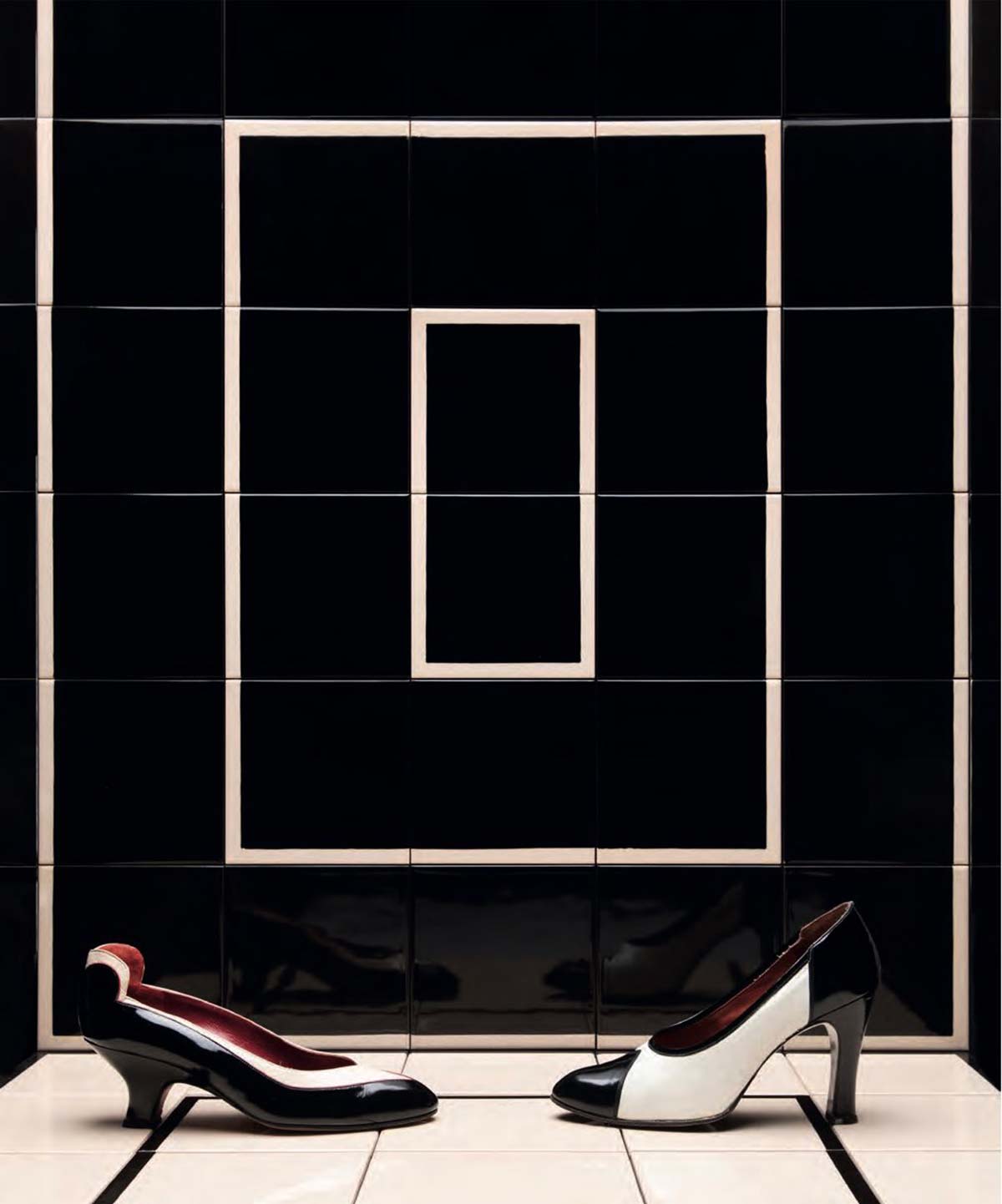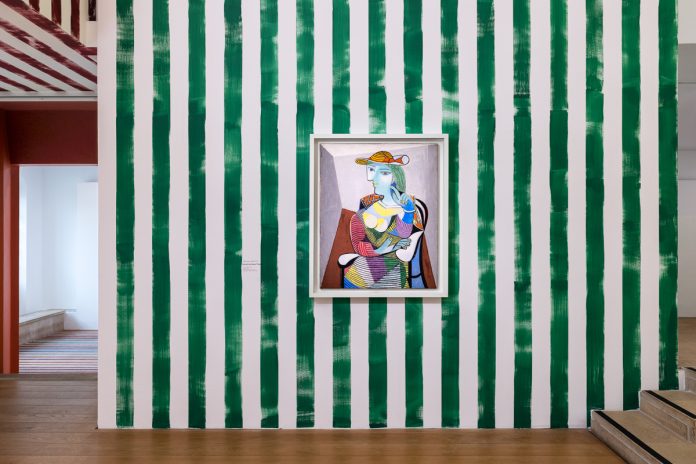In Paris, two exhibitions are in progress, very different but with several important points of contact. The shows are “Célébration Picasso, la collection prend des couleurs!” (Musée Picasso, until 27/08) and “Yves Saint Laurent – Formes” (Musée Yves Saint Laurent, until 14/01/2024). Both involve a living creative talent and one that has passed away; both establish a dialogue between art and fashion.
In the case of Saint Laurent, the work of the fashion designer encounters a stimulating counterpart in that of Claudia Wieser (German, born in 1973), punctuating the various exhibition spaces. A precise aesthetic line that emphasizes and reveals thematic constants in the evolution of Saint Laurent: rigor, admiration for Constructivism, the ability to play with color – also in daring ways.


The operation carried out by Musée Picasso with artistic direction by Paul Smith, one of the best-known figures of British fashion, has deeper repercussions. The rooms formulated by Smith, together with the curators Cécile Debray and Joanne Snrech, offer a lively sequence of surprises that captivate viewers, taking them on a journey of discovery – and comprehension – of a series of masterpieces. Exactly what any museum is supposed to do.
There is nothing superficial about the exhibit design: “I’ve tried to look at Picasso’s work in a less conventional way,” Smith explains, “putting together more of a visual experience that is interesting for younger audiences and audiences that are not very knowledgeable about the work of this great master. It’s a more spontaneous and instinctive approach.”
Both shows stimulate deeper reflections on the role of decoration, seen not as a “passive” frame by as a tool capable of performing a function. Which in these cases – but also in a library, a waiting room, and so on – becomes the transmission of a set of values, engagement with the audience, participation and sharing. These are not banal factors: an aware, mature (or unaware and immature) society can also be constructed on their basis.







